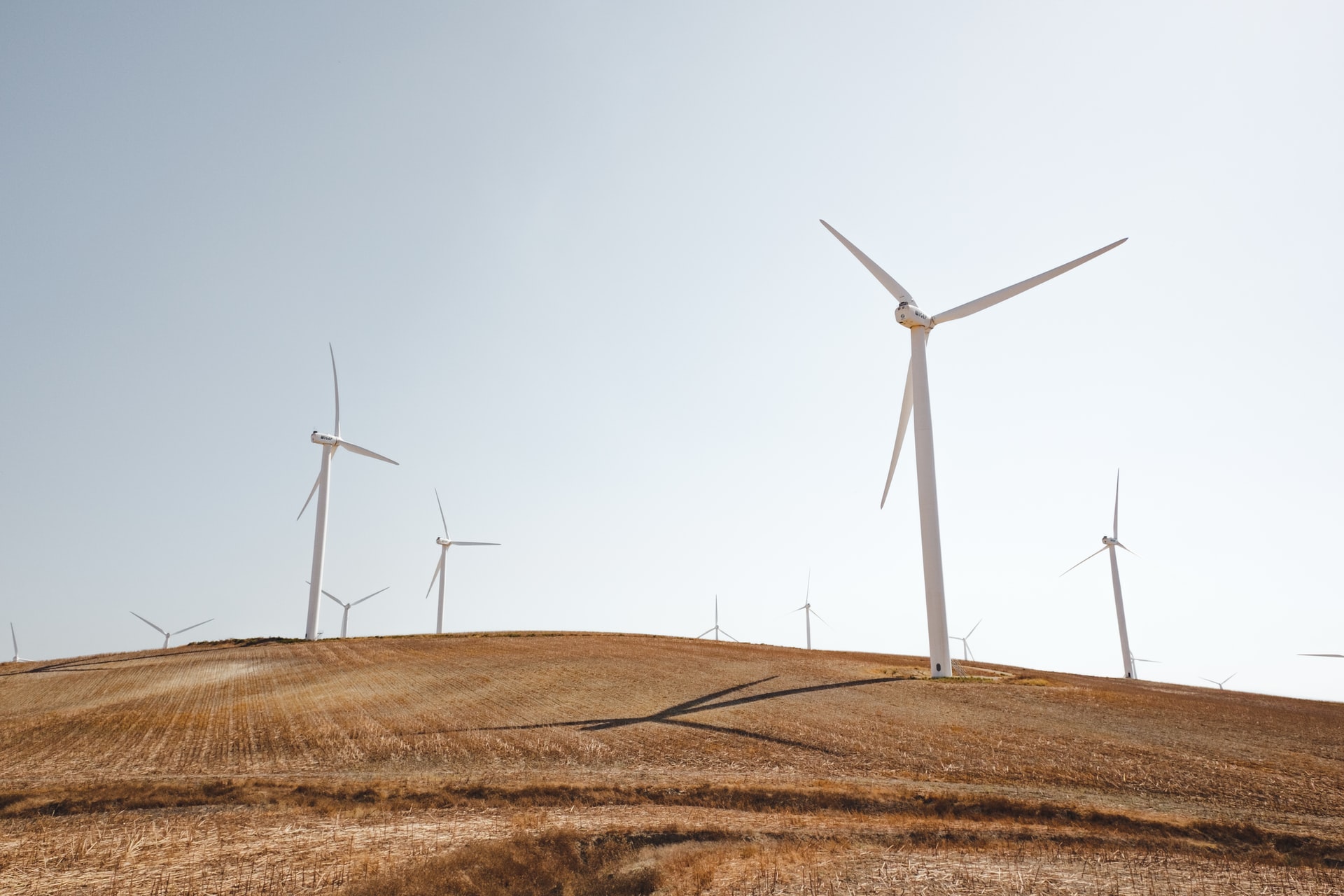What are the trends that are shaping the energy sector in the USA?
From Inspiralia we’d like to share with you three picks that, to us, are more likely to stand out as actual scenarios in the mid-term:
The first one is a rise in the demand of renewable energies, coupled with their coexistence with fossil fuels. In between lies the third trend, which is the increase of technologies and strategies to enable a transition in from the latter to the former –energy storage, flexible generation, hydrogen and grid decentralization.
Fossil fuels are such a deep part of the engine powering our economy and have been playing this role for so long that there is no way we can fully replace them in the short term. In America, fossil fuel consumption is mainly accounted for by transportation, industries and electricity generation in equal parts -around a little less than 30%. While urban and road transportation can be more easily moved to electric vehicles or powered by liquid biofuels, air and water transportation may still depend on high energy density fuels for some time. Electricity generated from fossil fuels is more likely to be replaced by renewable sources like wind, solar and hydroelectric power. Moreover, industrial sectors have a wider variety of options depending on their size, their location and the purpose of the energy consumed (heat, electricity, mechanical energy). Solar panels coupled to good storage are good solutions in sunny areas. Electrified heat, if electricity comes from a renewable source, will most likely become an option for many industries.
Renewable energy accounts for around 10% of America’s energy consumption. While more than half of this renewable energy comes from hydroelectric and wind sources, interestingly the remaining 40% is produced by biomass. Wood represents more than half of the sources of biomass-derived energy, being biofuels roughly the remaining half. In America, biofuels are dominated by ethanol distilled from the fermentation of the sugars found in corn. Biodiesel is the second largest contributor to biofuels in the US, but it’s only a seventh of ethanol. The popularity of Ethanol comes from the fact that it is blended with gasoline in different proportions to fuel cars. However, corn is a rather controversial source of bioethanol since it comes from food sources (cereals, mainly corn). Thus, the US Department of Energy by means of the Office of Biological and Environmental Research is aiming to develop next-generation biofuels made from non-food resources.
 In this sense, the upcoming release of the DOE’s Small Business Innovation Research Program has amongst its specific topics one looking for bioenergy technologies that couple a basic understanding of plant and microbial biology to sustainably produce fuels, chemicals, and other bioproducts from plant biomass. Either by searching for novel lignocellulose deconstructing enzymes or using synthetic biology approaches for the microbial conversion of lignocellulose to bioproducts, the DOE is open for innovative projects which help resolve this challenge. Further to this, the topic also looks for projects which aim to use microbes to increase biomass in large-scale bioenergy crop production, so that we can find real and tangible alternatives that will shape the future of America’s energetic landscape.
In this sense, the upcoming release of the DOE’s Small Business Innovation Research Program has amongst its specific topics one looking for bioenergy technologies that couple a basic understanding of plant and microbial biology to sustainably produce fuels, chemicals, and other bioproducts from plant biomass. Either by searching for novel lignocellulose deconstructing enzymes or using synthetic biology approaches for the microbial conversion of lignocellulose to bioproducts, the DOE is open for innovative projects which help resolve this challenge. Further to this, the topic also looks for projects which aim to use microbes to increase biomass in large-scale bioenergy crop production, so that we can find real and tangible alternatives that will shape the future of America’s energetic landscape.




